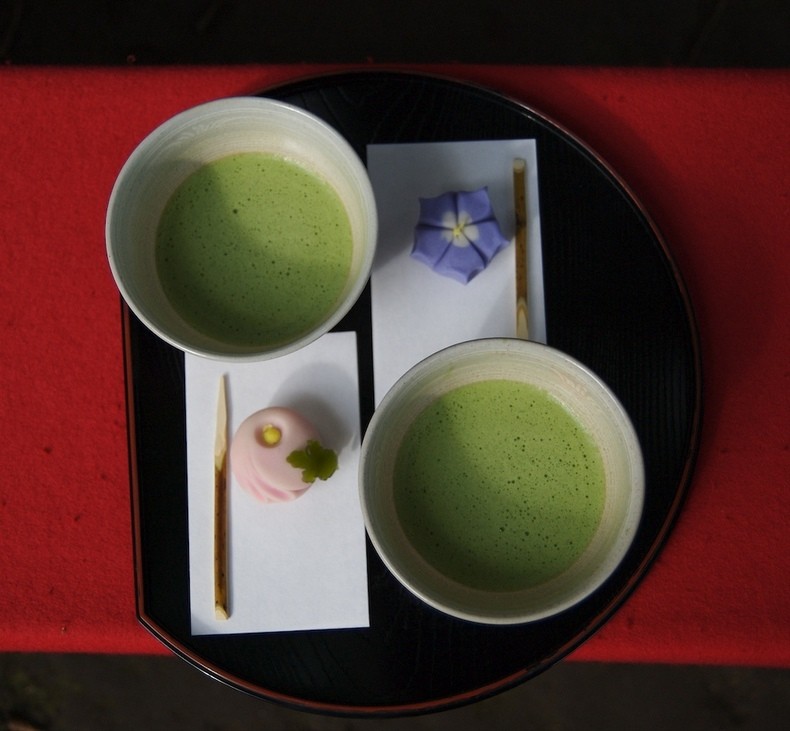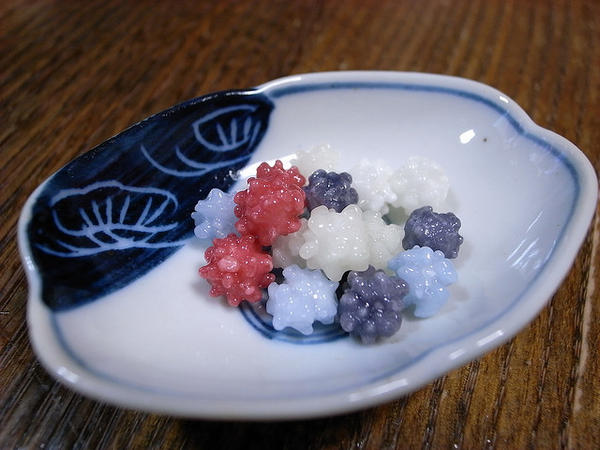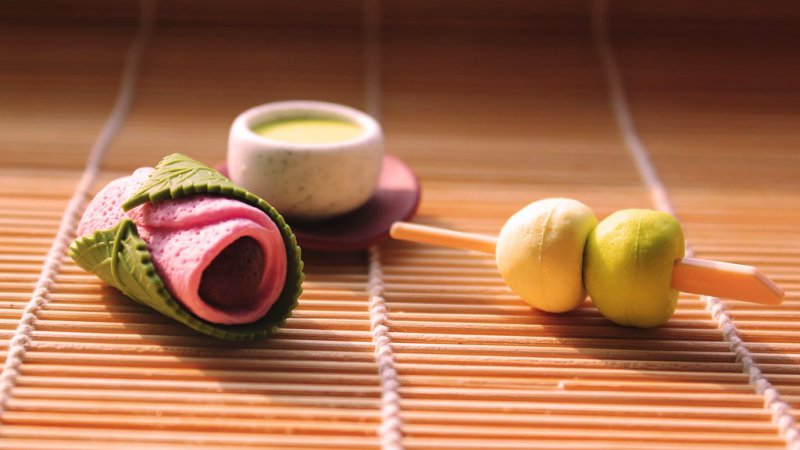Probably, when you are invited to eat Japanese food, your imagination already relates to sushi, sashimi or some other savory specialty. But what many people don't know is that the Japanese also have a time for afternoon tea, called Oyatsu. Little by little, the practice is arriving in the West.
Also known as Oyasudoki or Osanji, it is a light meal whose purpose is to help people wait for the next main meal. Today, some people still eat between breakfast and lunch, and between lunch and dinner; but for most Japanese people, oyatsu is mainly done in the afternoon, between two or three o'clock.
Table of Content
Origin
There are some disagreements as to the correct date of the emergence of this custom in Japan, but all documents point to the Edo period, in the 17th century, when the school system was installed, whose activities ended around 2:30 pm. So, when the children left school and came home complaining of hunger, the family would already provide some light snack so that they could wait until dinner time.
This small meal was named Oyatsu because, by the ancient Japanese clock, the period between two and three in the afternoon was called yatsu (eight), referring to the eighth hour of the day. Even with the change from the Edo period time count to the current count of 24 hours a day, the name oyatsu was kept to maintain the tradition.
This rite began to be followed even by adults, as they needed to replenish the energies spent during the working day. Traditionally, the afternoon snack consists of teas and a variety of sugary sweets. In times of food shortages, especially in the post-war period, this small meal underwent some changes and was basically made up of cooked vegetables or whatever was available at the time.

The custom around the globe
Obviously, afternoon tea is not just a Japanese invention or tradition. In Sweden, the afternoon snack is called Fika; in Spanish-speaking countries, it is called Merienda; and the most famous of all is the five o'clock tea or Afternoon Tea in England.
The difference is that the basis of the Japanese tradition comes from the working class, which needed a lot of energy to carry out all the farming activities and other heavy work, while in other countries, it is a custom carried out mainly by the elite.
The Oyatsu Tradition Today
The traditional Japanese afternoon tea is still present to this day. It is represented in movies, series, books, and even in anime. This is the case of Ouran High School Host Club, where there is a club of school boys who use their time to entertain the girls of the school during afternoon tea, which activities start at 3 PM; and Kaichou wa maid Sama, where the student representative, considered strict and perfectionist, works part-time dressed as a ‘Maid’ in a themed café.

The city of Tóquio is today considered the largest specialist in oyatsu. Walking around there, you can find several bakeries or shops specialized in the classic snack delicacies. Many use traditional and century-old techniques to make the lightest and most beautiful sweets you can imagine. Moreover, another important piece of information is that the japoneses use seasonal fruits and foods to diversify the dishes.
It is possible to see that afternoon tea was heavily influenced by the West. Nowadays, many Japanese have started to include several types of industrialized cakes and sweets at snack time. Sometimes for being more accessible, other times for saving time during the day. After all, oyatsu doesn't have to be expensive, the important thing is that the snack is a light meal and that it brings satisfaction to those who are eating.
In Brazil, it is possible to find some Japanese sweets in places that have a Japanese colony, such as in São Paulo, in the Liberdade neighborhood, and in other states, such as Pará, Porto Alegre and Rio Grande do Sul.
What characterizes the afternoon snack?
The name Oyatsu can refer both to the custom itself and to the sweets served at this meal. As the intention is to be a gentle food intervention between main meals, foods also have this format.
Over time, Oyatsu became a little more sophisticated. In addition to tea, you can find refined sweets in many varieties, but their essence is delicacy. Here are some types of sweets that the Japanese appreciate in oyatsu:
- Hanabiramochi: traditionally served at the tea ceremony, in Japanese New Year, it means “flower petal mochi”. The candy has different shapes and colors and the traditional filling is mung bean paste.

- Namagashi: sweets made with natural ingredients, usually in the shape of flowers or plants. Aesthetically pleasing, namagashis are filled with bean paste or jellies and others.
- Botamochi: one of the darlings of the Japanese, it is a seasonal cake made from sweet rice and red bean paste.
- Kompeito: Small, colorful and round candy made with pure sugar. It has small cracks in its shape due to cooking. It is widely consumed in Japan, but arrived in the country through the Portuguese, in the 16th century.

- Monaka: made with a crispy wafer mochi dough filled with red bean paste jam.
- TaiyakiIt is a cake that has a batter molded into the shape of a fish, usually the pargo. The fillings vary widely, and can be sweet or savory. The most common is the traditional red bean paste, but you can also find cheese and jam fillings. The best way to enjoy it is when it's still hot, blowing on the steam.
- Dango: Similar to mochi, kushi dango are Japanese dumplings served on skewers and with a caramelized topping. They have different flavors depending on the season.

- Manju: Tasty white cookies that are shaped like a full moon to honor the most beautiful moonlight you can see in Japan during autumn. It has a variety of fillings, from beans to jellies.
There is a huge variety of Japanese sweets and these were just a few examples. After all, oyatsu is a tradition that has lasted for centuries. If you also want to do this tea ritual at home, buy some sweets that you like the most, and take this time to relax and connect with yourself.
